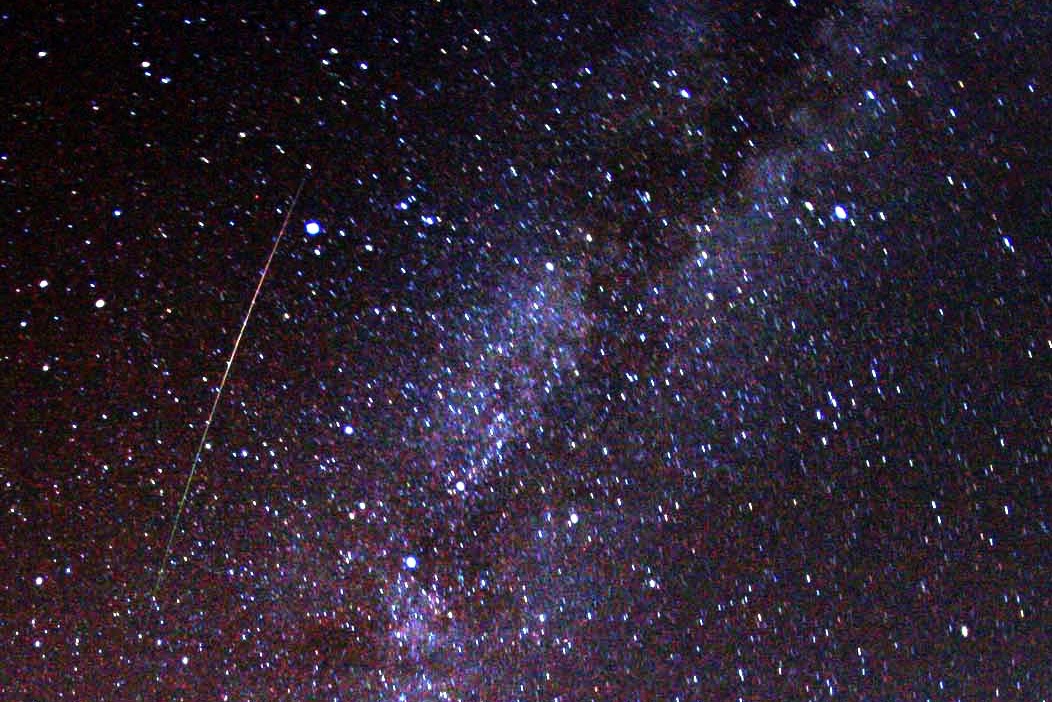Perseids meteor shower back by popular demand
The Perseid meteor shower peaks this week. Find out more about this astronomical event and how your and your family can enjoy it.

Meteor showers happen year round, but the Perseids put on a great show this time of year for those of us in the Northern Hemisphere.
The Perseids are associated with the orbit of the comet Swift-Tuttle and get their name from the spot in the sky from which they appear to originate: the constellation Perseus (you know, named after the guy who cut off Medusa’s head).
While the Perseids have been doing their meteorific thang since mid-July, the shower will hit its peak in the late hours of Wednesday, August 12th and the early (I mean early) morning hours of Thursday, August 13th. The shower should be especially good this year because the moon will be nearly new (i.e. not visible)–not like last year when it was full and show-off-y, making it hard to see the Perseids in all their glory. AccuWeather is also promising clear skies Wednesday night on into Thursday morning, making meteor-watching conditions even more ideal.
Even though the moon and clouds likely won’t spoil your meteor shower celebrations, there’s a good chance city lights could. Find an area away from excessive light (either by driving out to a more rural area or just scoping out a spot with less light pollution). Lie down on the ground and give your eyes time to adjust. This could take about 30 minutes, and glancing at your phone will only disrupt the process. Put that thing away and enjoy the expansive heavens before you, for Pete’s sake!
At the shower’s peak at 4:00 AM on Thursday morning, stargazers could see up to 100 meteors per hour, but it’s not necessary to drag your kids out of bed to enjoy the astronomical show. According to NASA, Perseus (the constellation, not the Greek guy) rises in the east at around 10:00 PM. As Perseus rises and the sky darkens, meteor activity increases and you should start seeing some action.
Looking for a way to get your kids excited about the Perseids? Here’s a great video, courtesy of Science@NASA, to get the conversation going…
Or if you need a quick-and-dirty run down on meteors for your little ones (and a refresher for yourself), check out this quick explainer from MonkeySee.
-
Recommend this
on Facebook -

Report an error
-

Subscribe to our
Weekly Digest





There are no reader comments. Add yours.